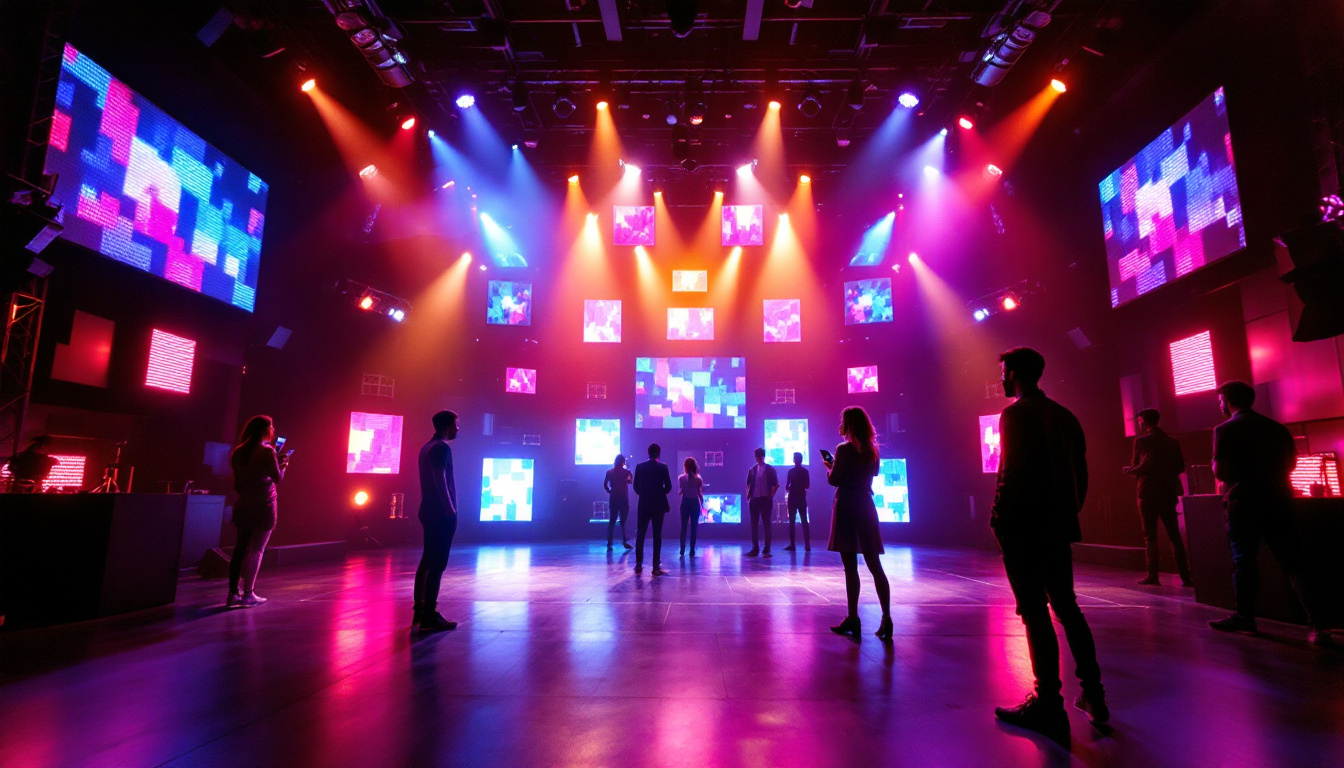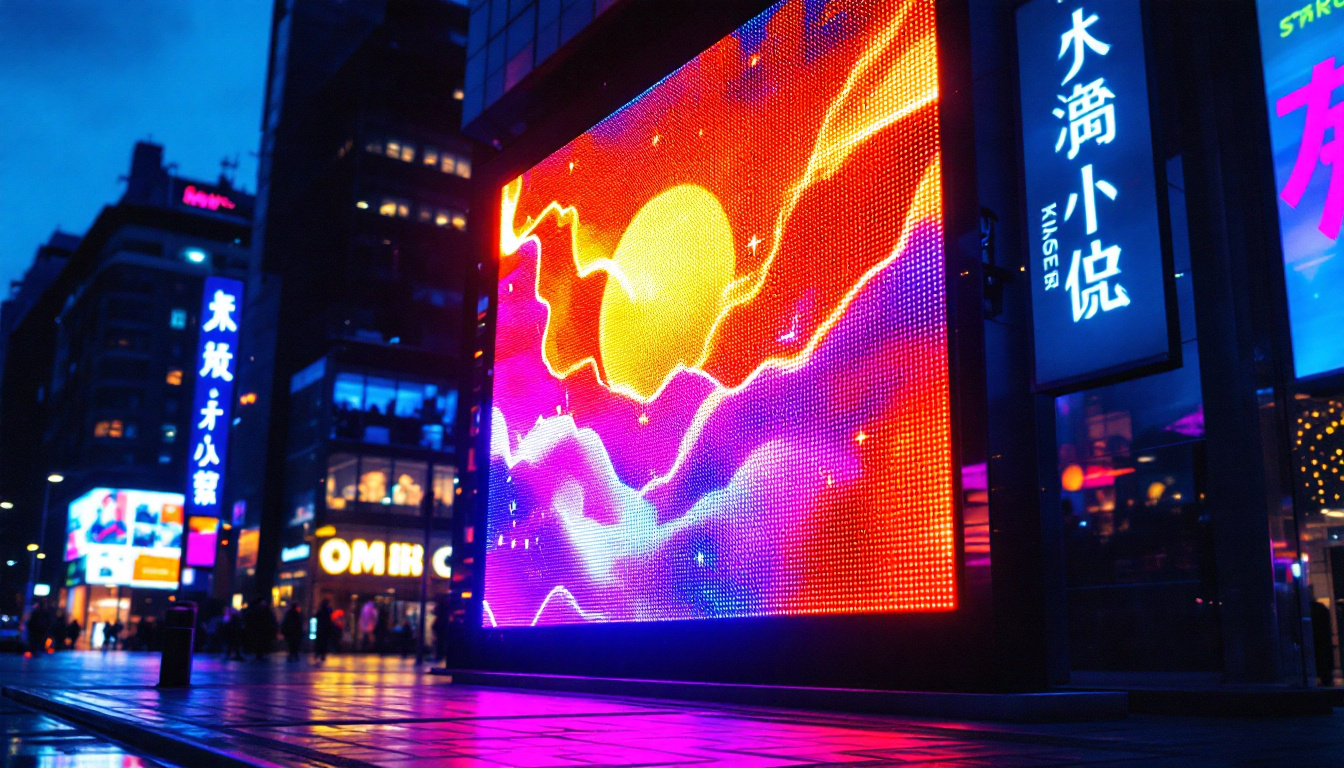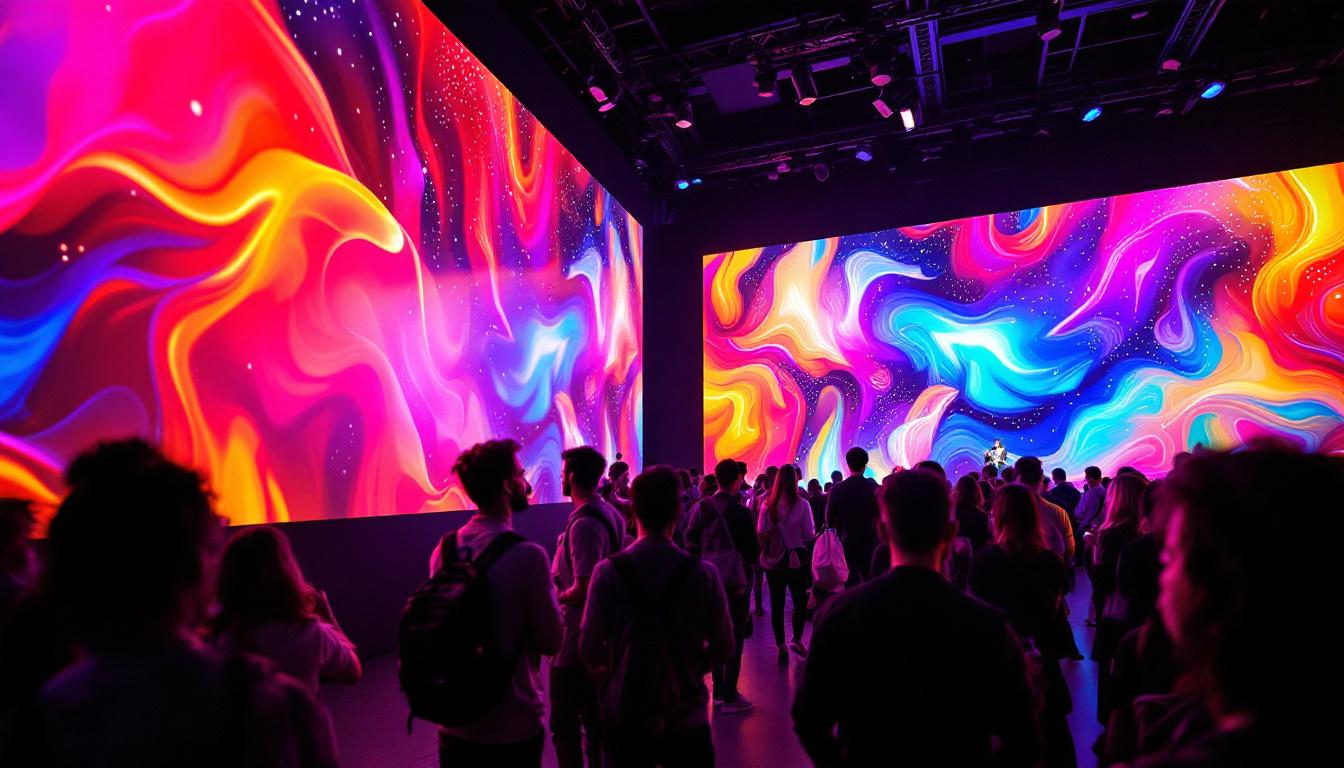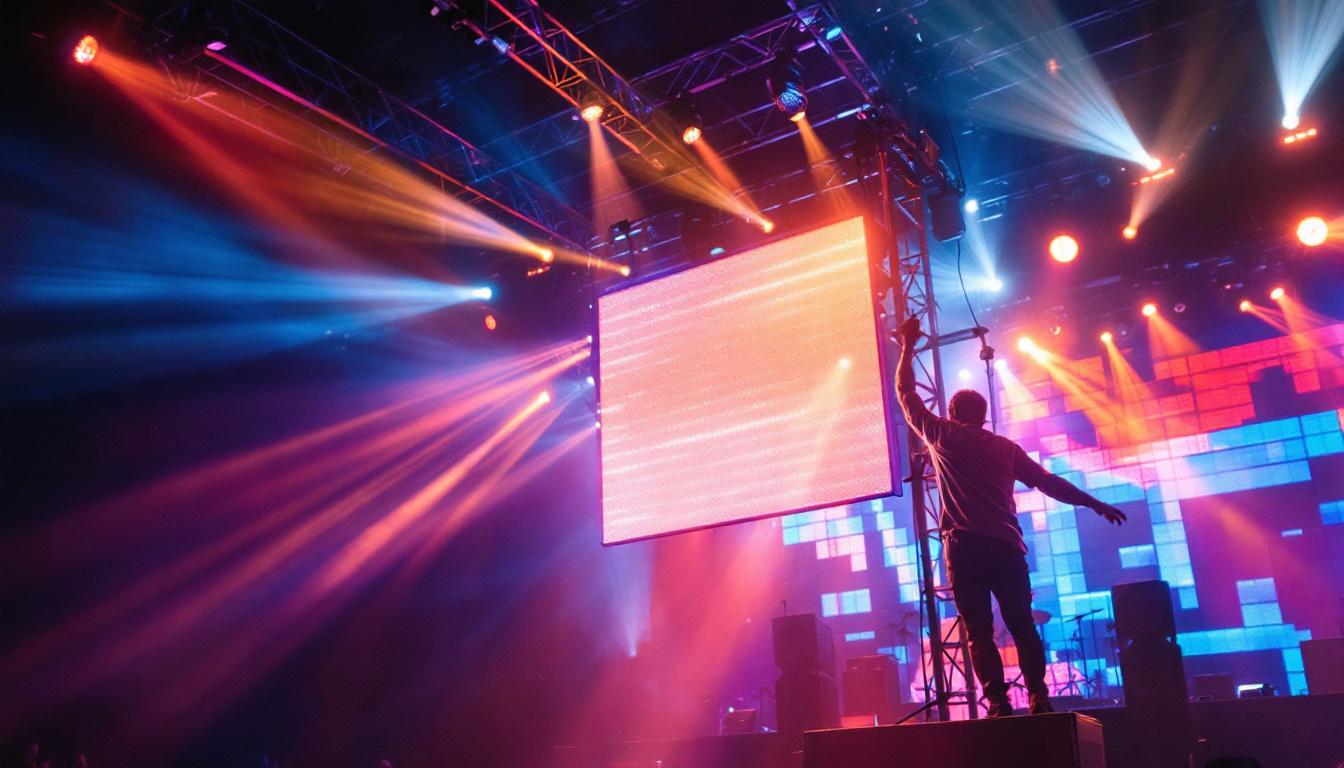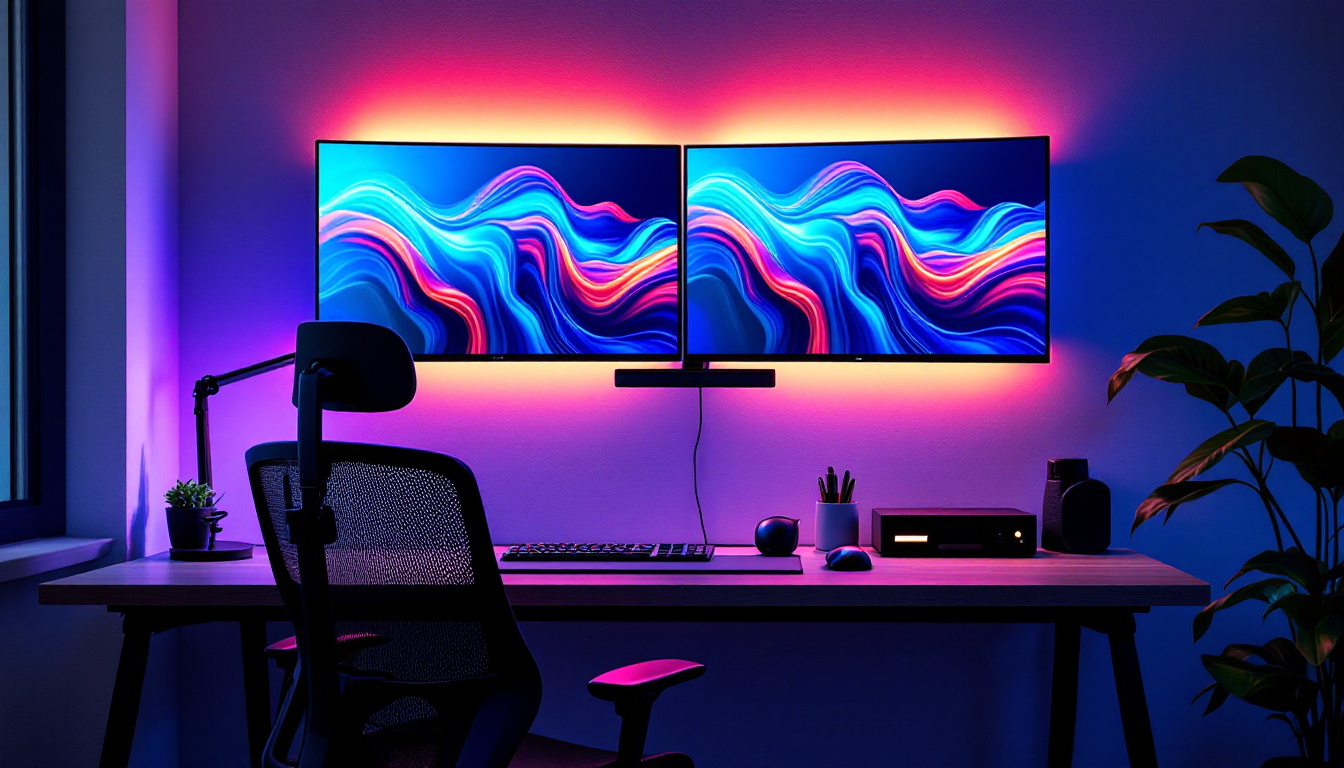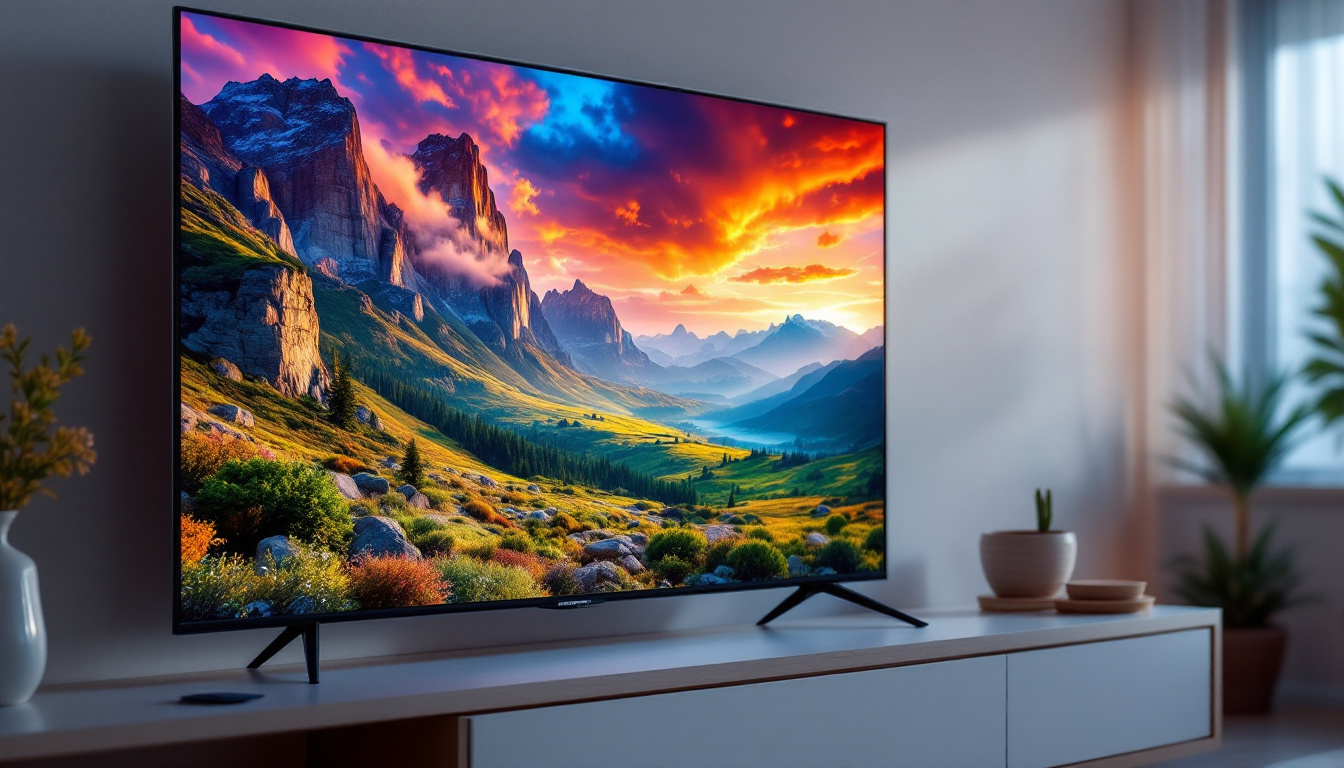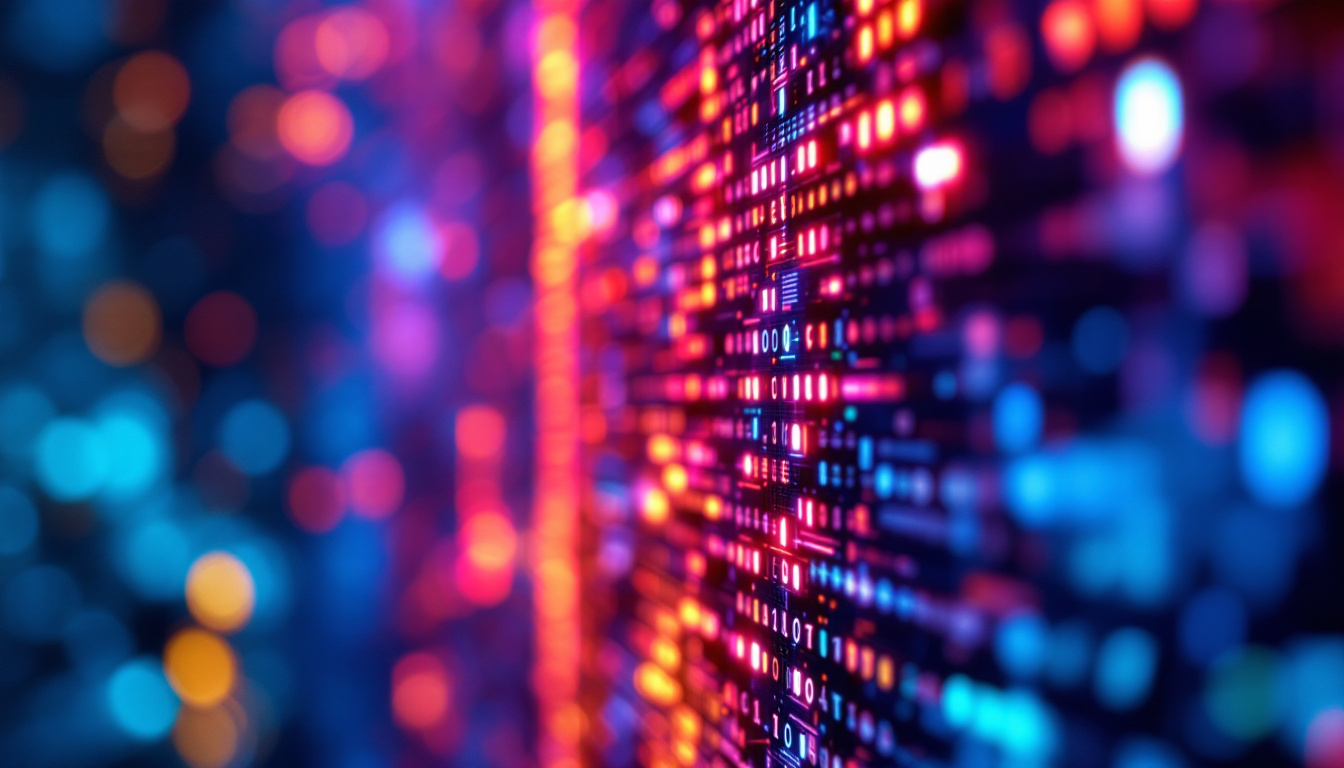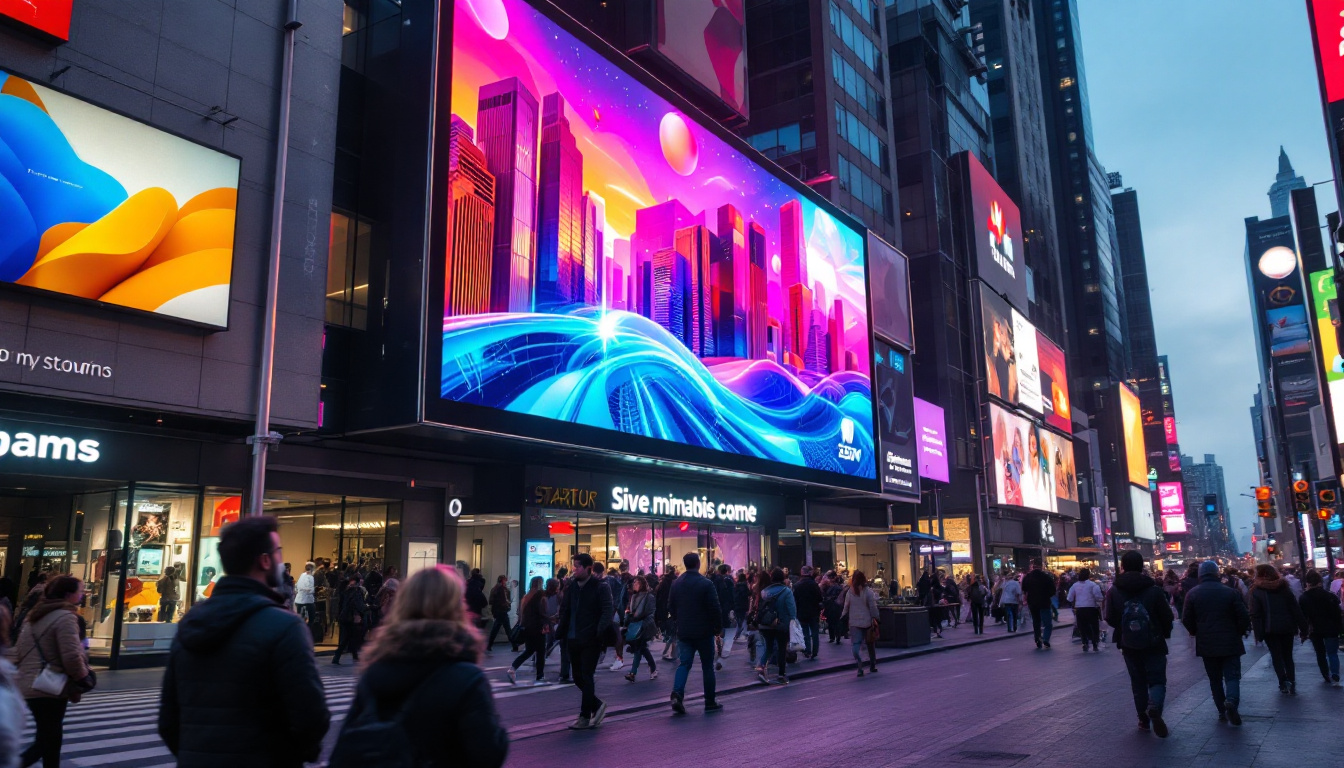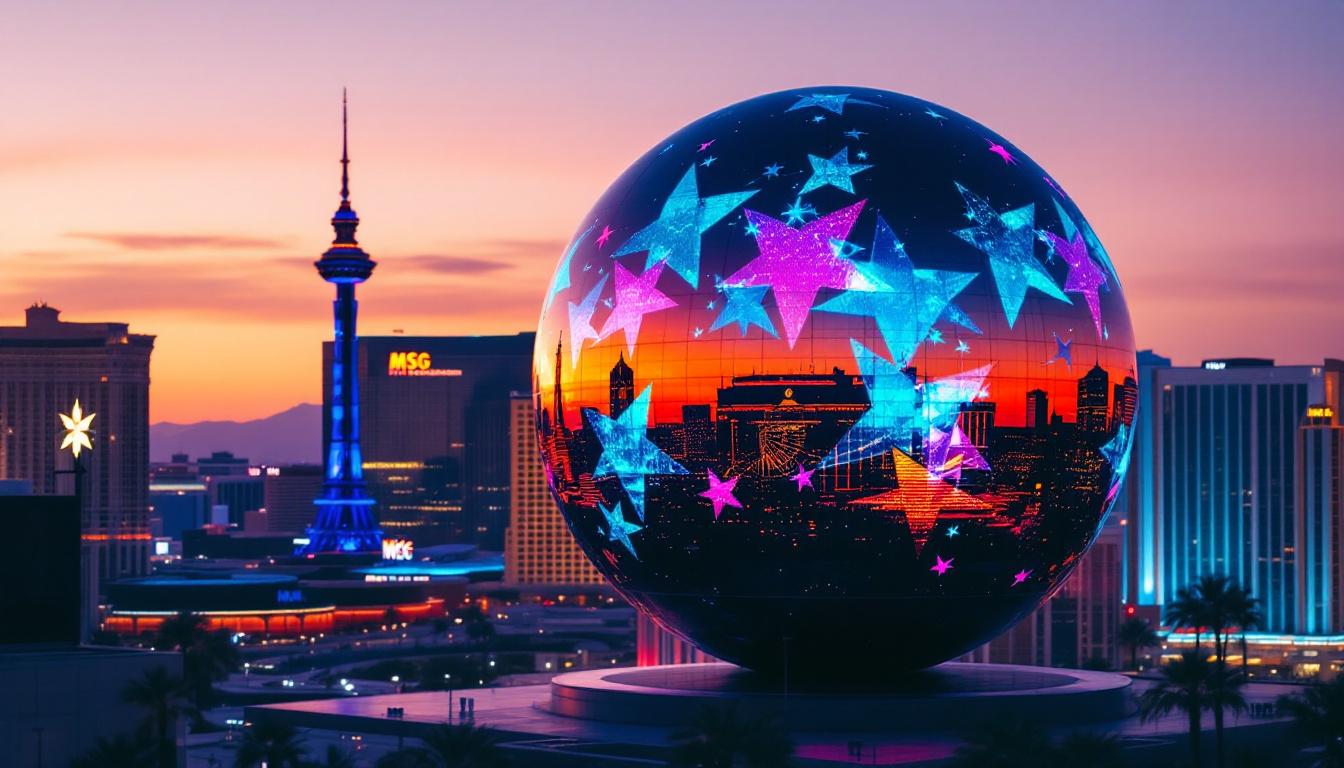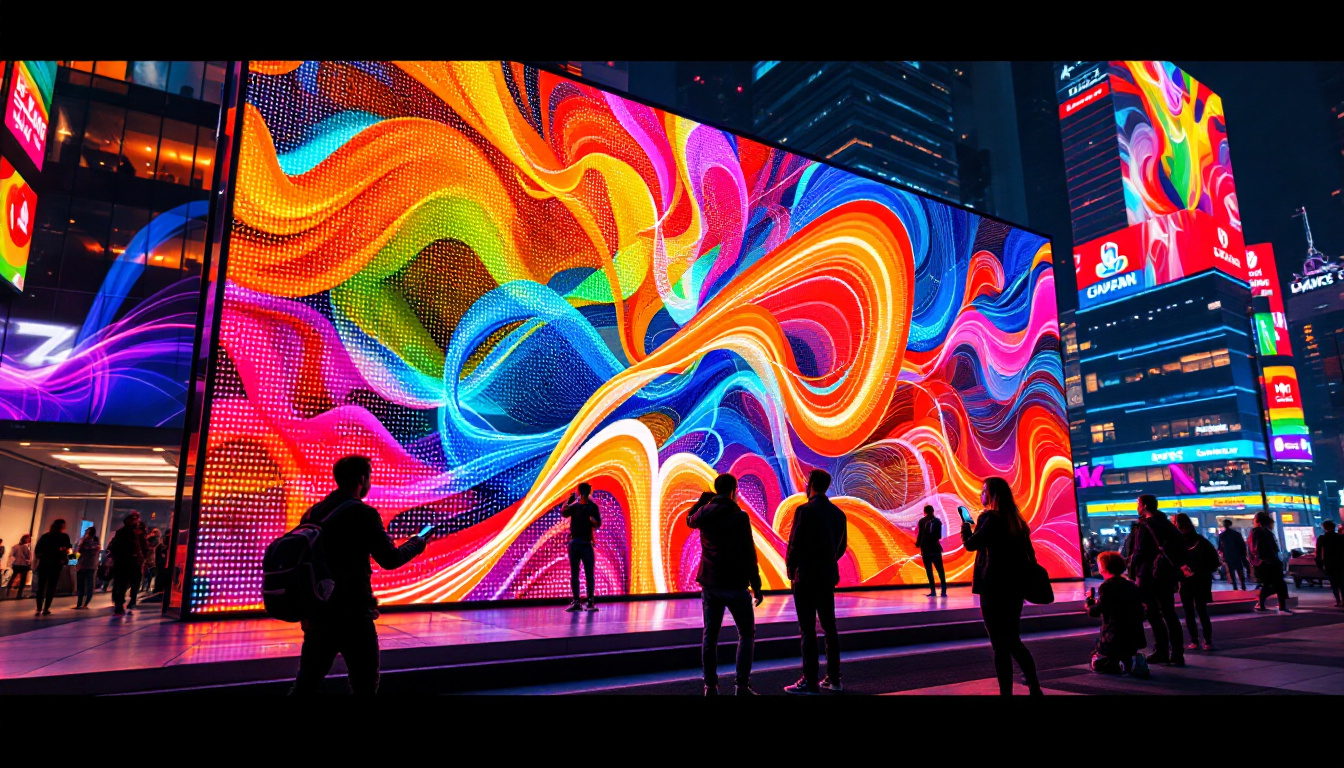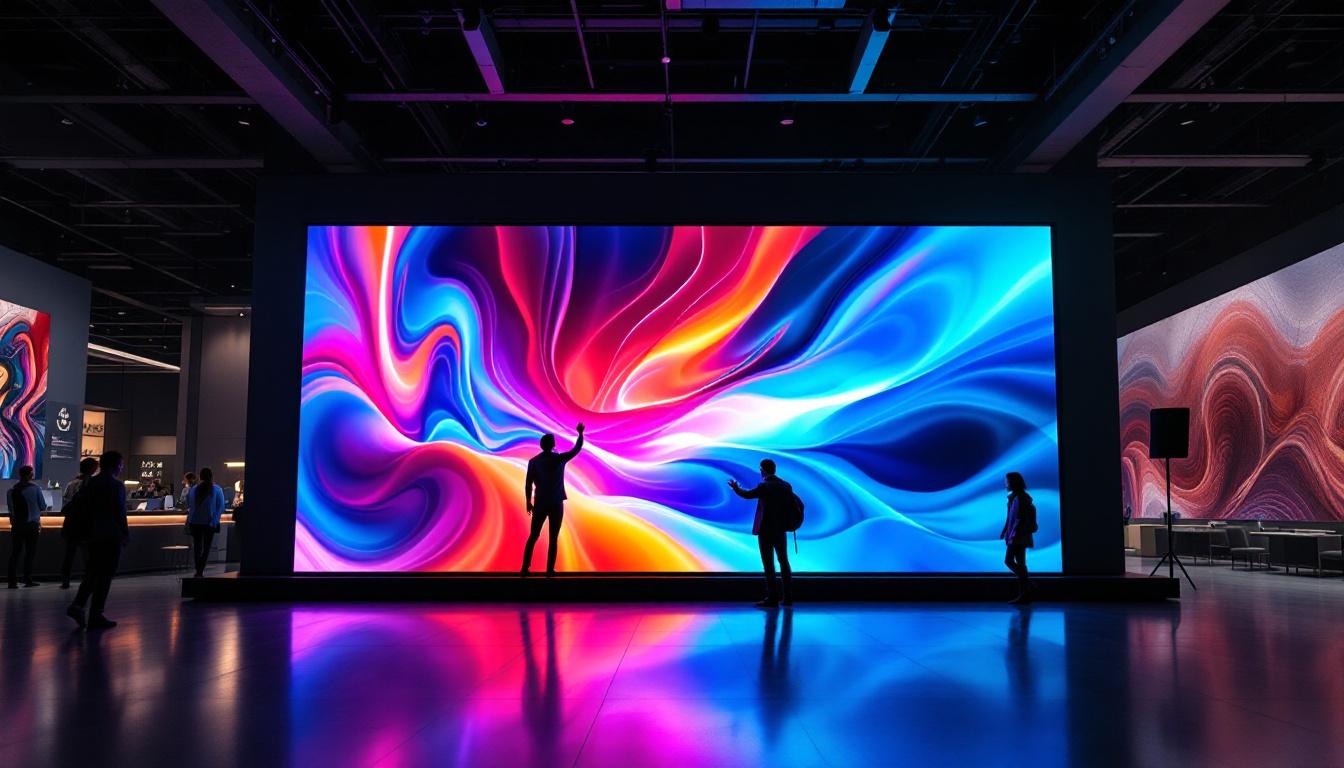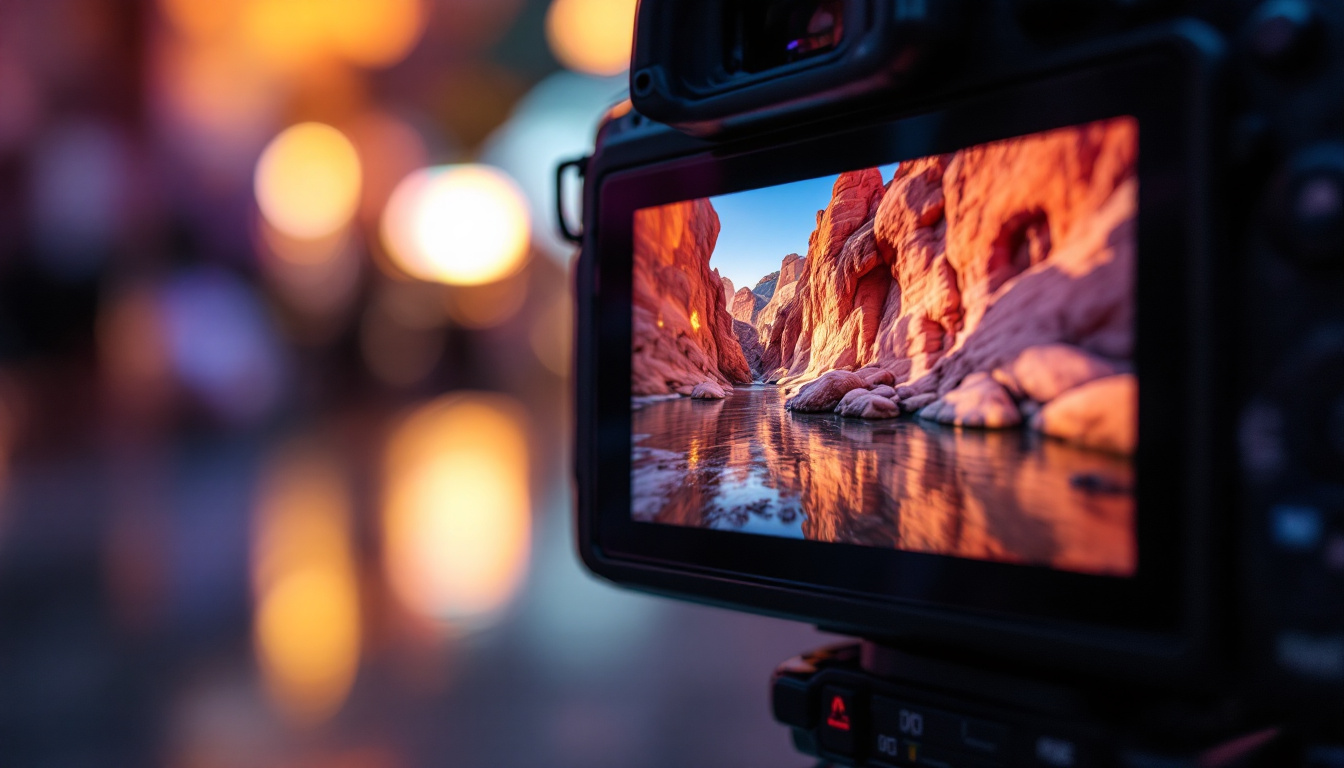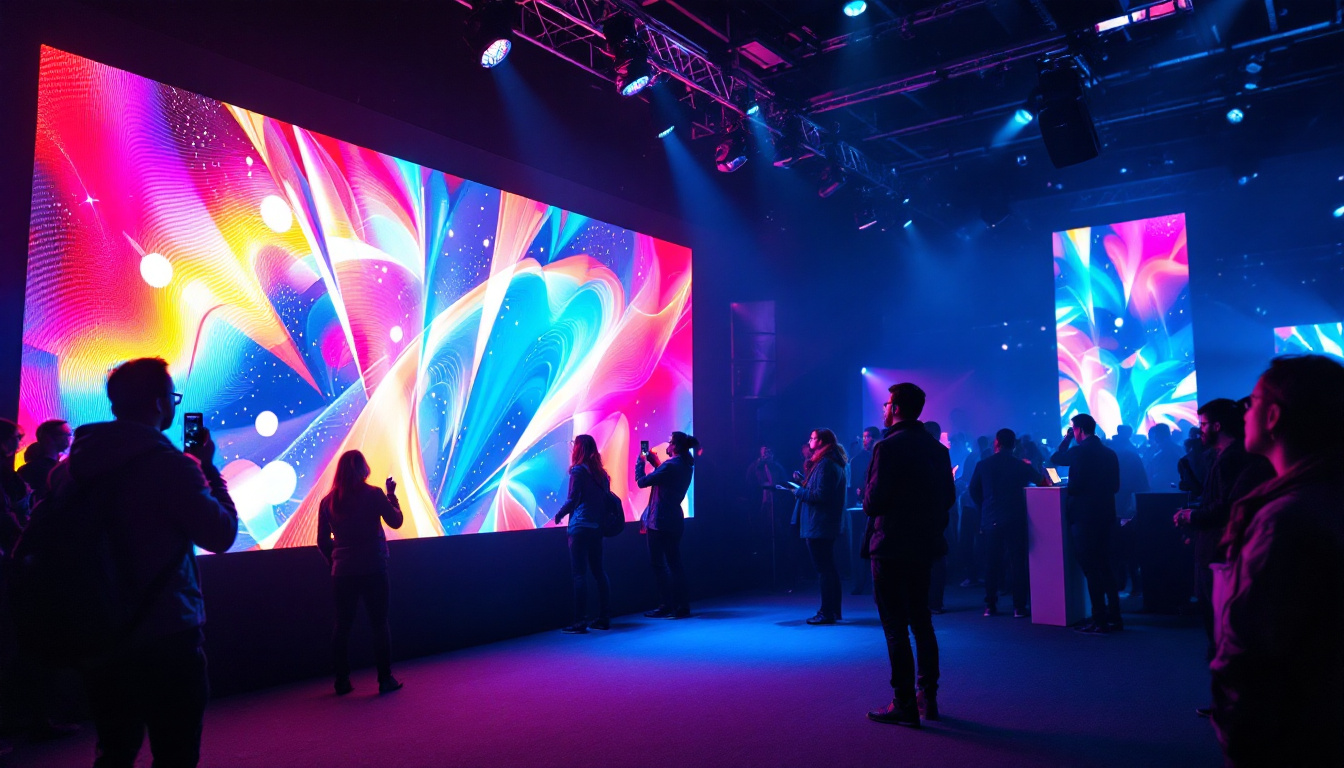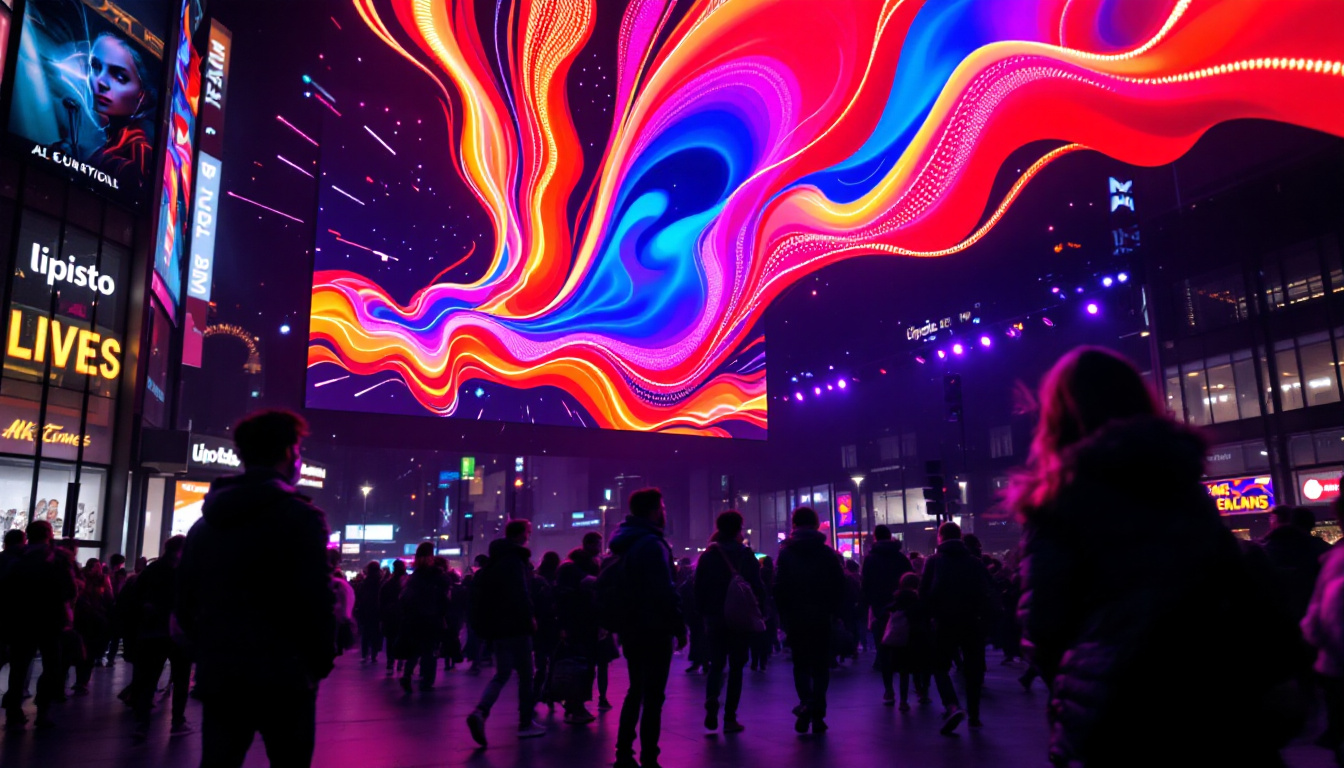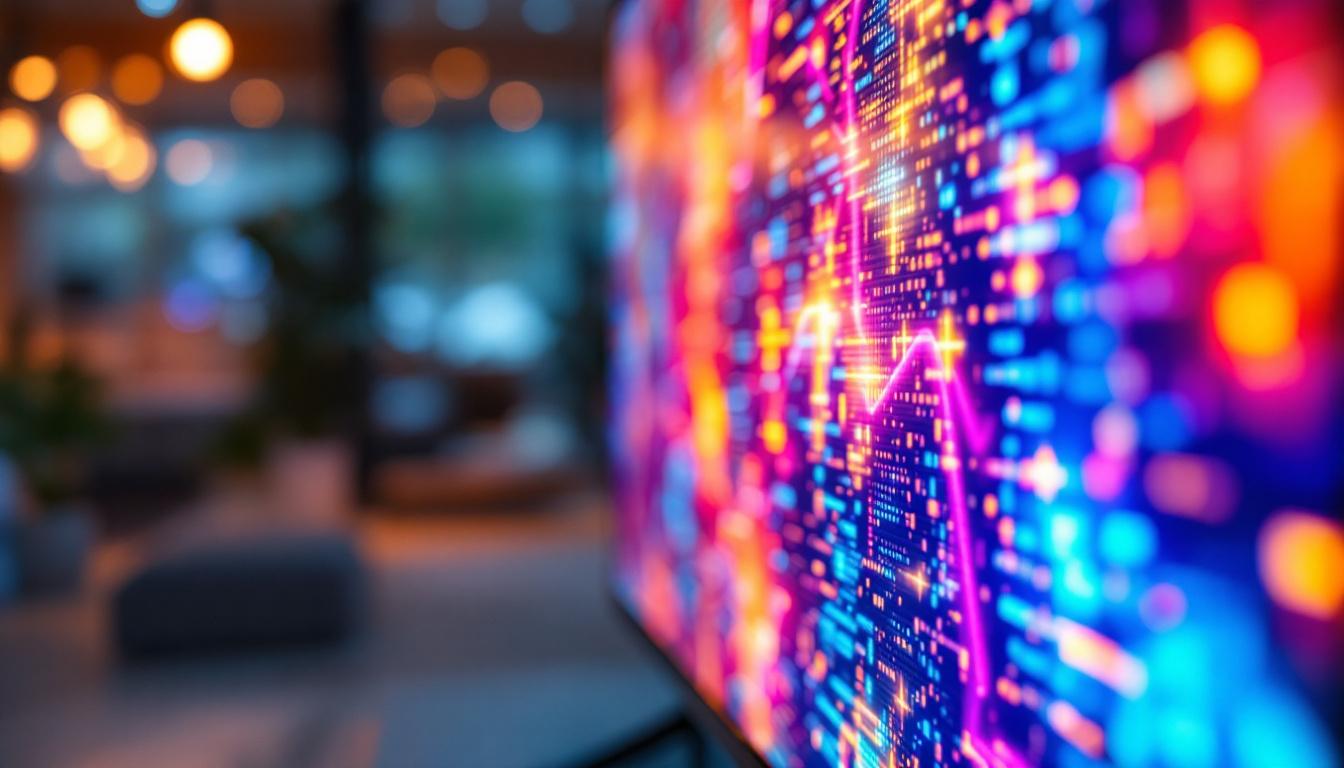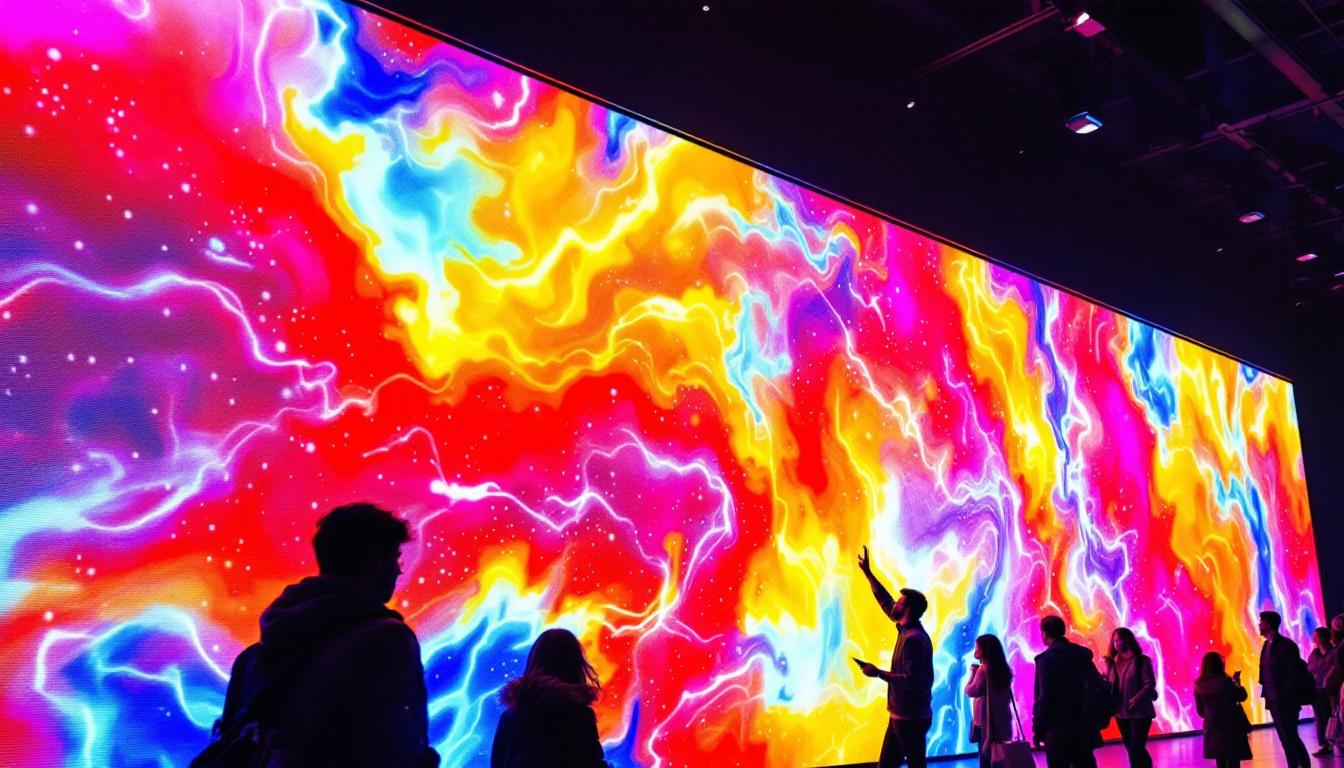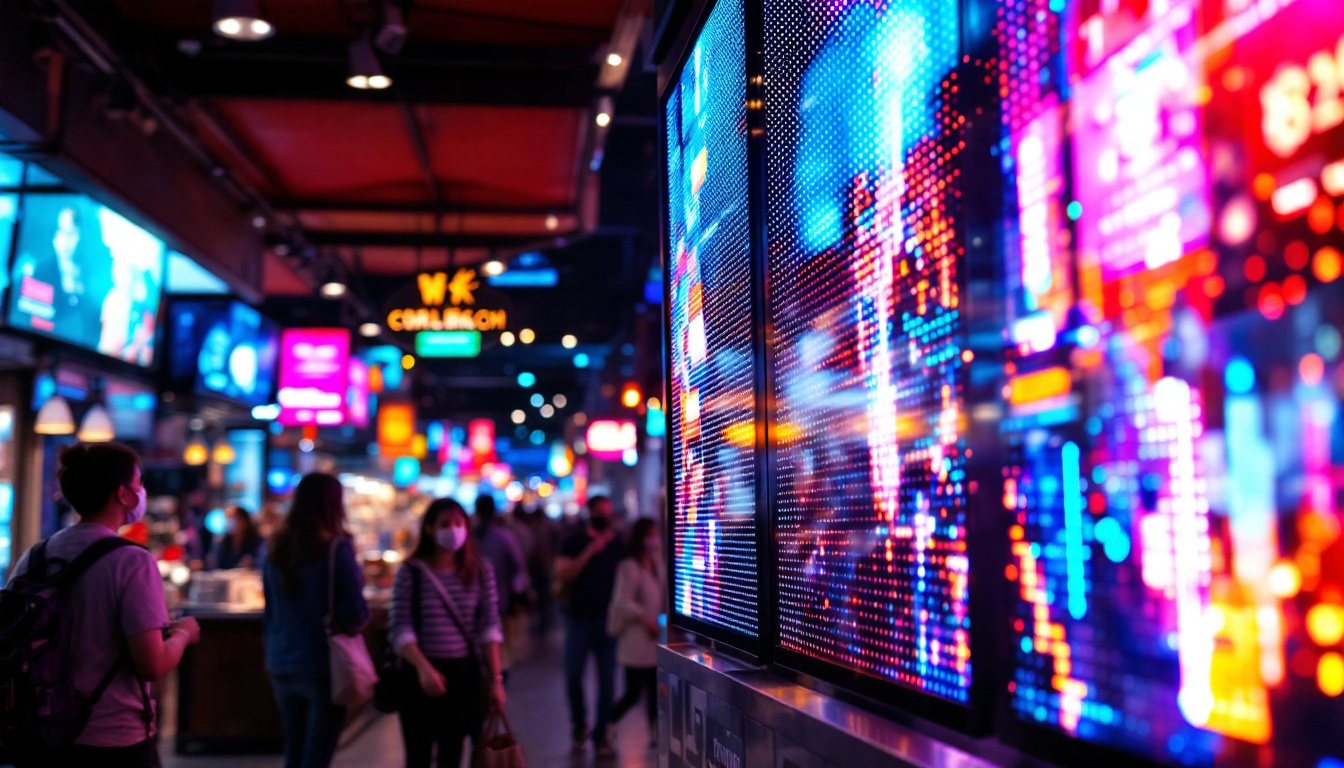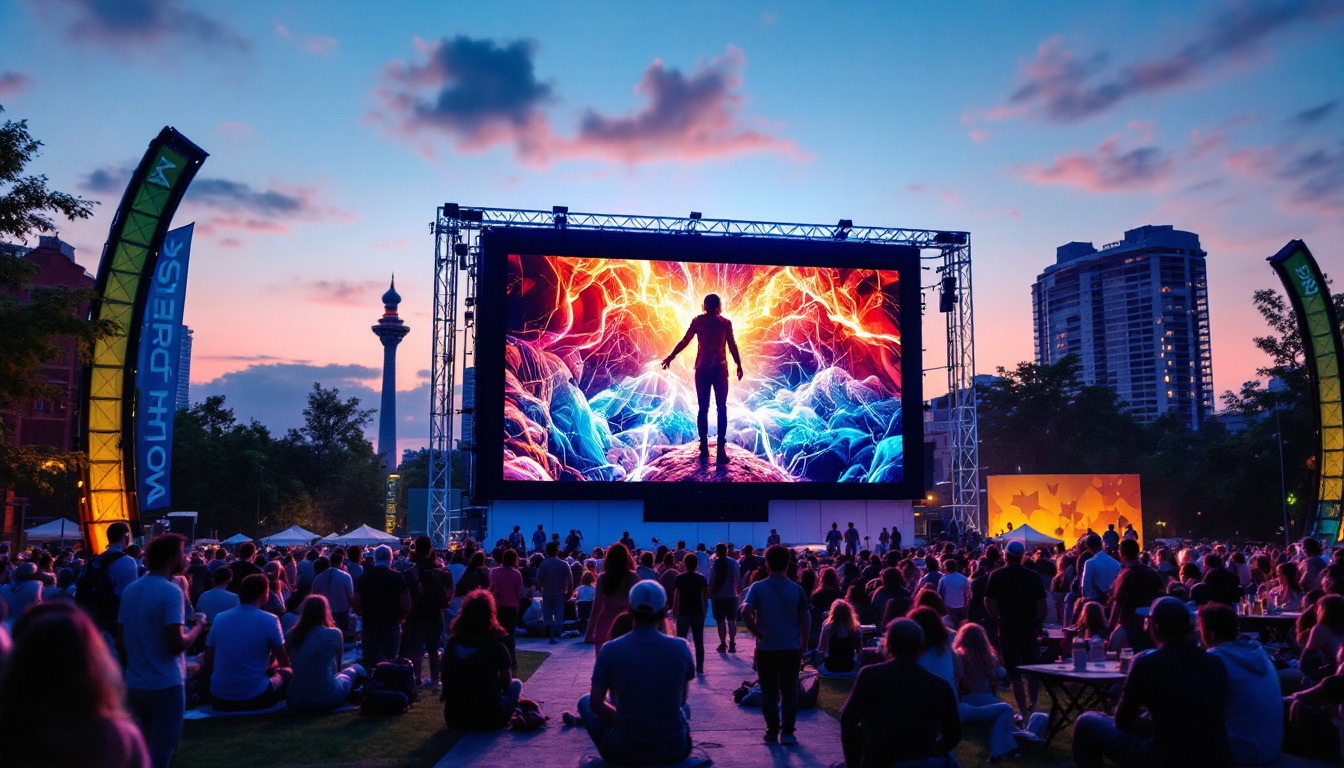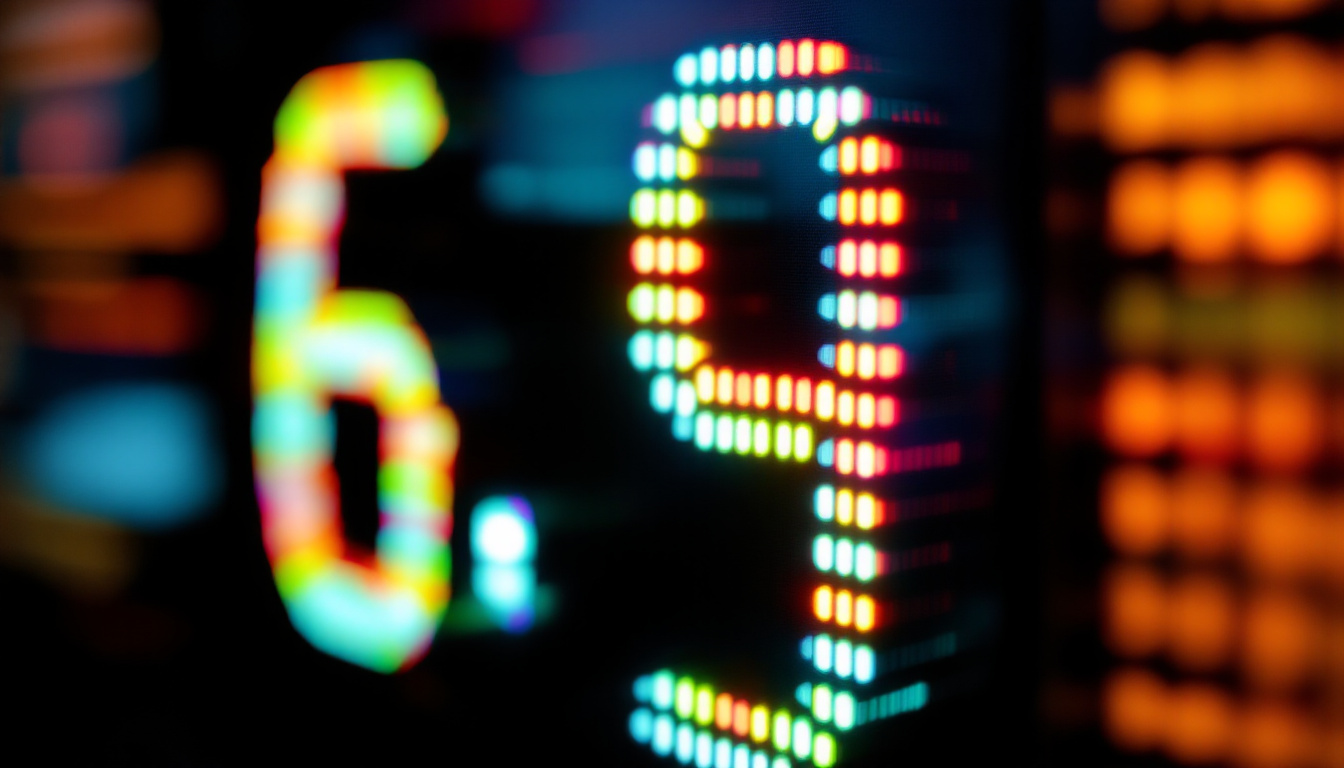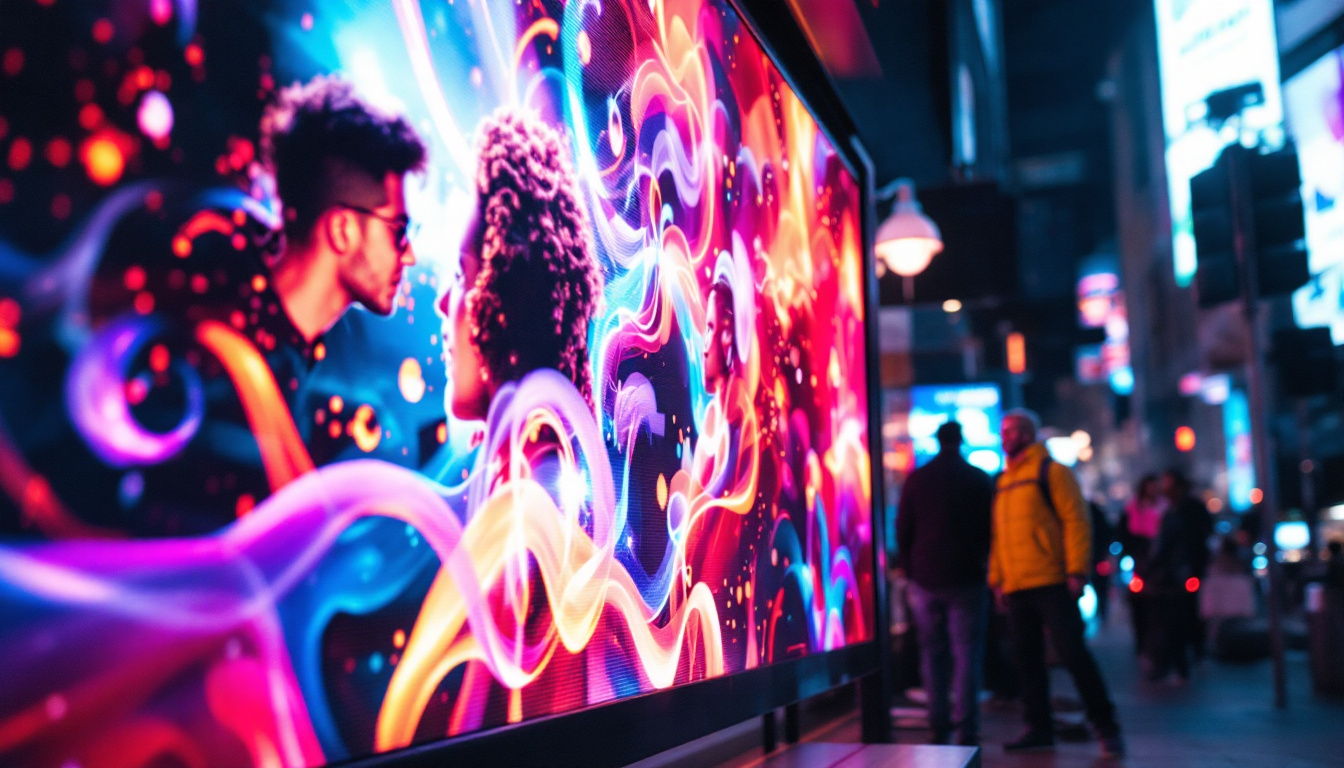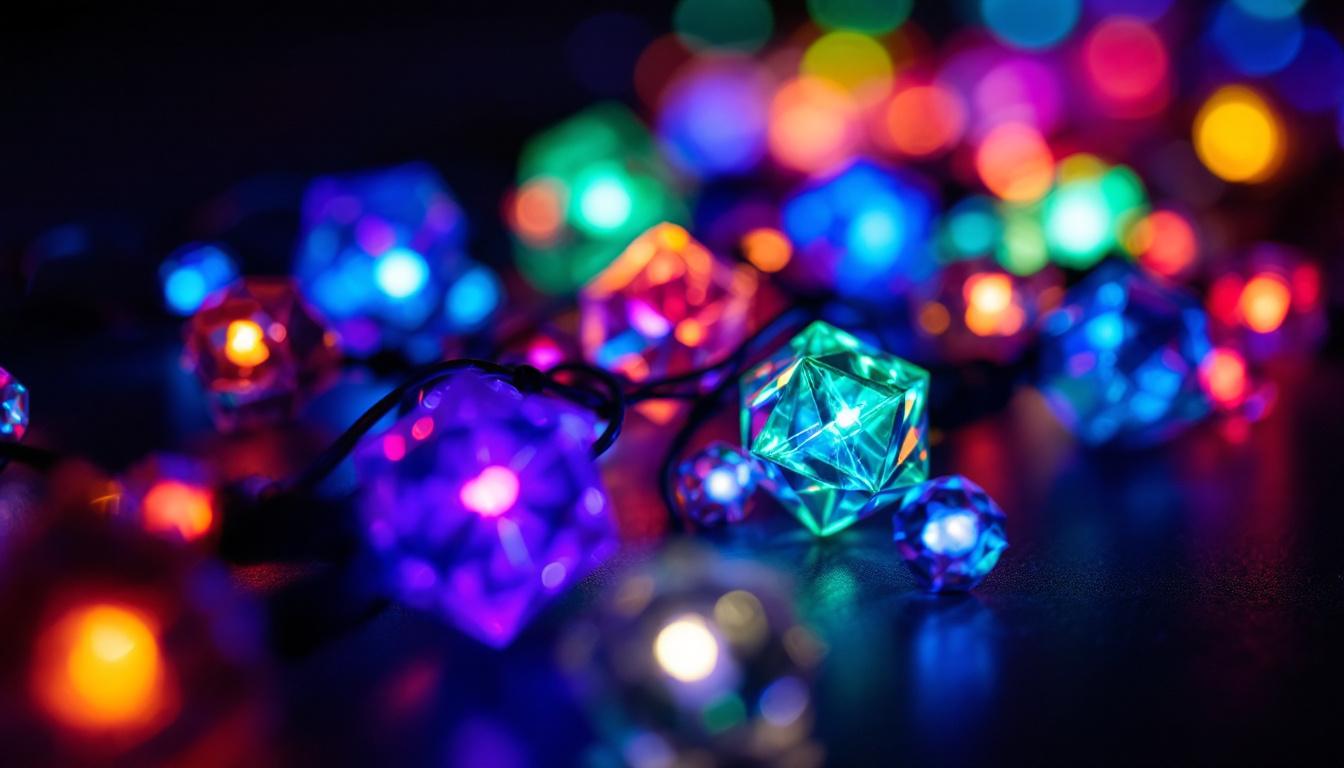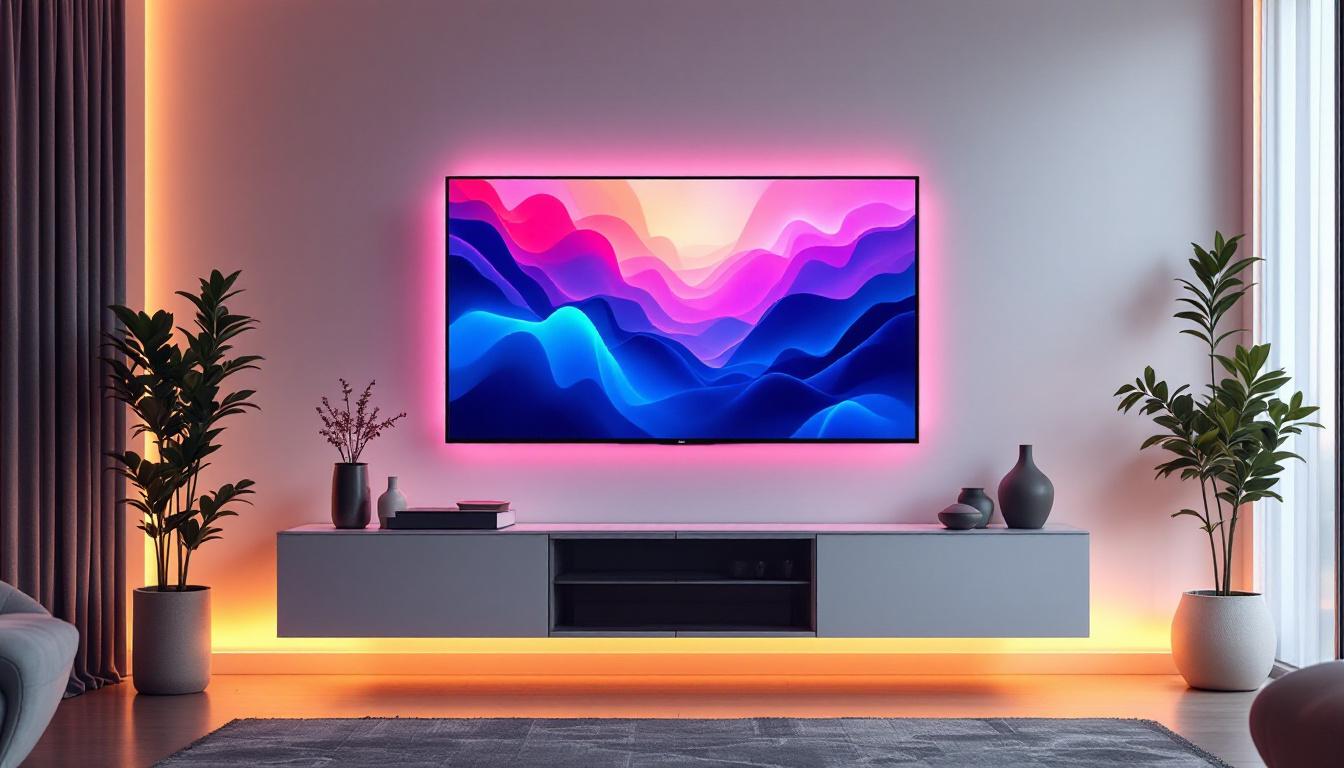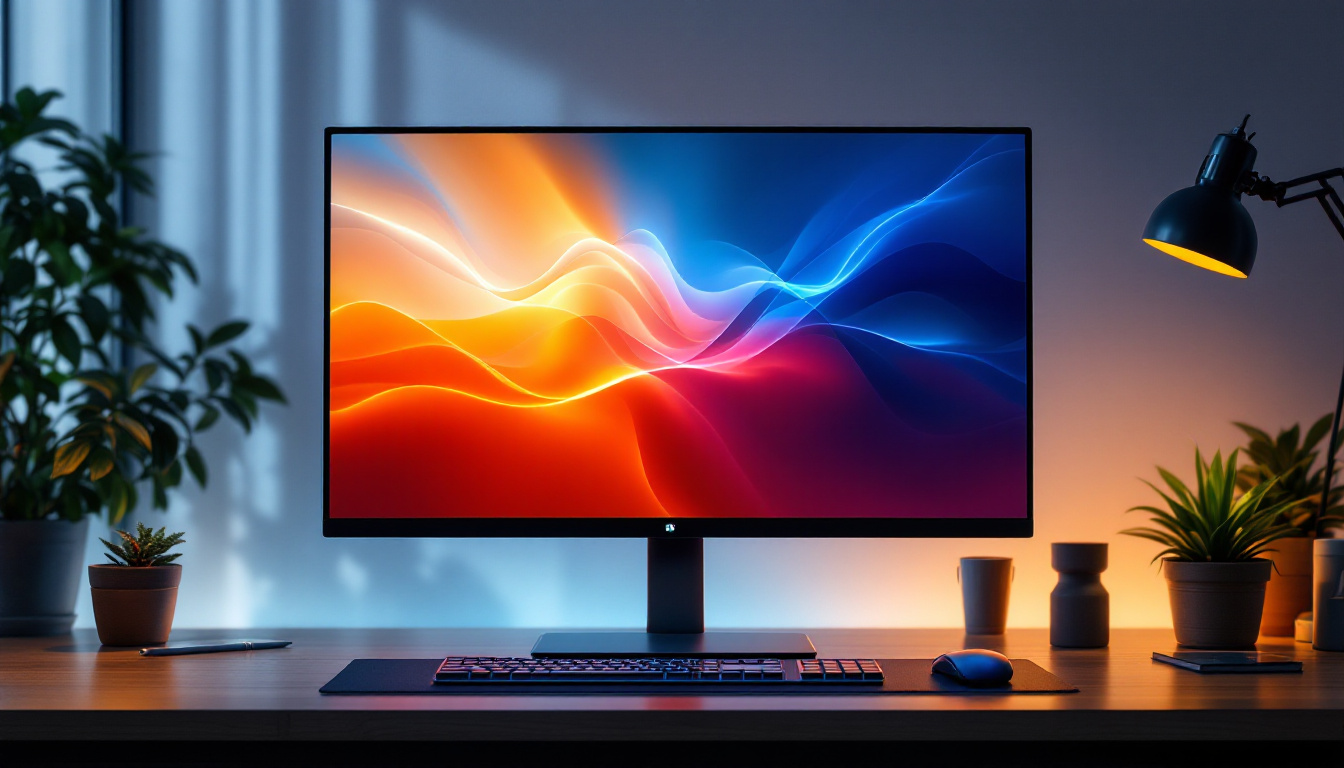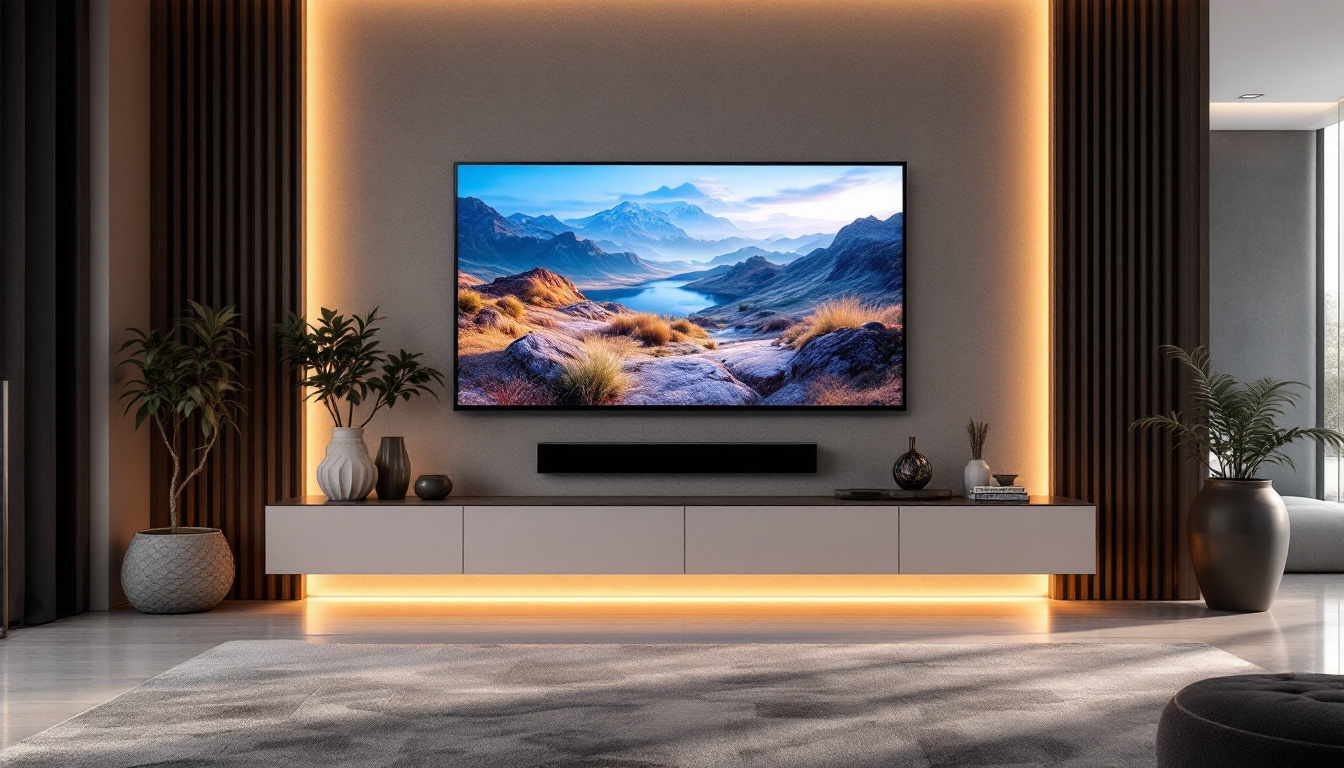In the world of theater, the visual elements of a production play a crucial role in storytelling. From the backdrop to the props, every component contributes to the overall atmosphere and emotional impact of the performance. In recent years, LED displays have emerged as a revolutionary tool in set design, offering dynamic and versatile solutions that traditional materials cannot match. This article explores the significance of LED displays in theater set design, their advantages, and how they can be effectively integrated into productions.
The Evolution of Set Design
Set design has evolved significantly over the years, moving from static backdrops and physical props to more innovative and interactive solutions. Historically, set designers relied on painted flats, wooden structures, and manual lighting to create the desired ambiance. However, the advent of technology has transformed the landscape, allowing for more immersive experiences.
Traditional vs. Modern Set Design
Traditional set design often involved labor-intensive processes, requiring skilled artisans to create detailed environments. While these methods have their charm, they can be limited in terms of flexibility and adaptability. Modern set design, particularly with the integration of LED displays, allows for rapid changes and the ability to create visually stunning environments that can evolve throughout a performance.
With LED technology, designers can project vibrant images, animations, and even live video feeds onto screens, providing a dynamic backdrop that can shift to reflect the mood of the scene. This versatility enables productions to tell stories in ways that were previously unimaginable, enhancing the audience’s experience.
The Role of Technology in Theater
Technology has become an integral part of theater production, impacting everything from sound design to lighting. LED displays are at the forefront of this technological revolution, offering a range of benefits that enhance both the creative process and the final performance. As theaters embrace these advancements, the boundaries of traditional storytelling are continually pushed.
Advantages of LED Displays in Set Design
LED displays offer numerous advantages that make them an appealing choice for set designers. Understanding these benefits can help theater companies make informed decisions about incorporating this technology into their productions.
Visual Impact and Flexibility
One of the most significant advantages of LED displays is their visual impact. The brightness and clarity of LED screens can create stunning visuals that captivate audiences. Unlike traditional painted backdrops, which may fade under stage lighting, LED displays maintain their vibrancy, ensuring that the visuals remain striking throughout the performance.
Flexibility is another key benefit. With LED displays, set designers can easily change the visuals to suit different scenes or moods without the need for physical alterations to the set. This adaptability allows for seamless transitions between scenes, keeping the audience engaged and immersed in the story.
Cost-Effectiveness and Efficiency
While the initial investment in LED technology may be higher than traditional materials, the long-term cost-effectiveness can be significant. LED displays can reduce the need for extensive physical sets and props, which can save on labor and materials. Additionally, the ability to reuse and repurpose digital content for multiple productions can further enhance cost efficiency.
Efficiency is also a crucial factor. LED displays can be set up and dismantled quickly, allowing for faster turnaround times between performances. This efficiency can be particularly beneficial for theaters that host multiple shows in a short period.
Interactivity and Audience Engagement
Incorporating LED displays into set design opens up opportunities for interactivity that can engage audiences in new ways. For instance, designers can integrate live feeds or audience participation elements, allowing viewers to feel more connected to the performance. This level of engagement can create memorable experiences that resonate long after the curtain falls.
Moreover, the use of LED technology can enhance storytelling by providing visual cues that reinforce the narrative. For example, a scene set in a bustling city can be brought to life with animated backgrounds, immersing the audience in the environment and enhancing their understanding of the characters’ experiences.
Integrating LED Displays into Set Design
Successfully incorporating LED displays into set design requires careful planning and collaboration among various production team members. From the initial concept to the final execution, several factors must be considered to ensure a cohesive and effective integration.
Collaboration Between Designers and Technicians
Collaboration is essential when integrating LED displays into set design. Set designers, lighting technicians, and projection specialists must work closely to ensure that the visuals complement the overall aesthetic of the production. This collaboration can help identify potential challenges early in the process, allowing for creative solutions that enhance the final product.
Regular meetings and brainstorming sessions can foster a collaborative environment, encouraging team members to share ideas and feedback. By establishing open lines of communication, the production team can create a unified vision that seamlessly blends the physical set with the digital elements.
Choosing the Right Technology
Not all LED displays are created equal, and selecting the right technology is crucial for achieving the desired effect. Factors such as resolution, brightness, and size must be considered based on the specific needs of the production. High-resolution displays may be necessary for close-up scenes, while larger screens can create impactful visuals for broader scenes.
Additionally, understanding the technical requirements, such as power consumption and installation logistics, is vital for ensuring a smooth integration process. Consulting with experienced technicians can help streamline this process and avoid potential pitfalls.
Designing Content for LED Displays
The content displayed on LED screens plays a significant role in the overall impact of the production. Designers must carefully consider the visuals, ensuring they align with the narrative and enhance the audience’s experience. This may involve creating custom animations, sourcing high-quality images, or even collaborating with multimedia artists to develop unique content.
Moreover, the pacing of the visuals should be synchronized with the performance to create a seamless experience. This requires close coordination between the director, actors, and technical team to ensure that the visuals enhance rather than distract from the storytelling.
Case Studies: Successful Uses of LED Displays in Theater
Several productions have successfully integrated LED displays into their set designs, showcasing the technology’s potential to transform theatrical experiences. Examining these case studies can provide valuable insights for designers and theater companies considering similar approaches.
Broadway Productions
Broadway has been at the forefront of incorporating LED technology into set design. Productions like “Dear Evan Hansen” and “Hamilton” have utilized LED screens to create dynamic backdrops that evolve with the story. In “Dear Evan Hansen,” for instance, the use of digital screens to display social media feeds and text messages adds a contemporary layer to the narrative, resonating with the audience’s experiences in the digital age.
Similarly, “Hamilton” employs LED displays to enhance the storytelling, using visuals to depict various locations and settings that transport the audience through time and space. These productions demonstrate how LED technology can elevate the theatrical experience and engage audiences on multiple levels.
Regional and Community Theater
LED displays are not limited to large-scale productions; regional and community theaters have also begun to embrace this technology. For instance, a community theater production of “The Wizard of Oz” utilized LED screens to create the vibrant landscapes of Oz, allowing for quick scene changes and a visually stunning experience for the audience.
This approach not only enhanced the production’s visual appeal but also provided a cost-effective solution for a smaller theater with limited resources. By leveraging LED technology, community theaters can elevate their productions and attract larger audiences.
Challenges and Considerations
While the benefits of LED displays in set design are substantial, there are also challenges and considerations that theater companies must address. Understanding these potential obstacles can help ensure a successful integration of this technology.
Technical Limitations
Despite the advantages, technical limitations can pose challenges when incorporating LED displays into set design. Issues such as pixelation, brightness levels, and viewing angles must be carefully managed to ensure that the visuals are effective from all audience perspectives. It is essential to conduct thorough testing and adjustments before the production to address any technical concerns.
Additionally, the need for specialized equipment and trained technicians can add complexity to the production process. Theater companies must be prepared to invest in the necessary resources to ensure a successful implementation of LED technology.
Budget Constraints
Budget constraints can also impact the decision to integrate LED displays into set design. While the long-term cost-effectiveness of LED technology is evident, the initial investment can be substantial. Theater companies must weigh the benefits against their financial limitations and consider creative solutions, such as renting equipment or collaborating with technology partners.
Seeking sponsorships or grants to support the integration of LED technology can also be a viable option for theaters looking to enhance their productions without overextending their budgets.
Training and Skill Development
As with any new technology, training and skill development are crucial for successful integration. Theater companies must invest time and resources into training their staff to operate and maintain LED displays effectively. This may involve workshops, seminars, or partnerships with technology experts to ensure that the team is equipped to handle the technical aspects of the production.
The Future of LED Displays in Theater
The future of LED displays in theater looks promising, with ongoing advancements in technology and increasing acceptance within the industry. As theaters continue to explore innovative ways to engage audiences, LED displays will likely play an even more significant role in set design.
Emerging Trends
Emerging trends in LED technology, such as flexible displays and augmented reality integration, are set to revolutionize the way set designers approach their work. Flexible LED screens can be molded to fit various shapes and surfaces, allowing for even more creative possibilities in set design.
Additionally, the integration of augmented reality (AR) with LED displays can create immersive experiences that blur the lines between the physical and digital worlds. This convergence of technology and artistry has the potential to redefine storytelling in theater, offering audiences experiences that are both visually stunning and emotionally resonant.
Continued Innovation
As the theater industry continues to evolve, ongoing innovation in LED technology will likely lead to new applications and creative solutions for set design. Designers and technicians will need to stay informed about the latest advancements and trends to remain competitive and deliver exceptional productions.
By embracing these innovations, theater companies can not only enhance their productions but also contribute to the ongoing evolution of the art form, pushing the boundaries of what is possible in storytelling.
Conclusion
LED displays have transformed the landscape of theater set design, offering a range of advantages that enhance storytelling and audience engagement. As technology continues to evolve, the integration of LED displays will become increasingly essential for theater companies looking to create immersive and visually stunning productions.
By understanding the benefits, challenges, and best practices associated with LED technology, set designers and theater companies can harness its potential to elevate their productions and captivate audiences. The future of theater is bright, and LED displays are at the forefront of this exciting evolution.
Illuminate Your Next Production with LumenMatrix
Ready to take your theater set design to the next level? Discover how LumenMatrix’s innovative LED display technology can transform your stage and captivate your audience. From Indoor and Outdoor LED Wall Displays to specialized solutions like Vehicle, Sports, and Floor LED Displays, LumenMatrix offers a wide array of options to bring your creative vision to life. Embrace the future of visual storytelling with our Custom, All-in-One, and Transparent LED Displays. Check out LumenMatrix LED Display Solutions today and create an unforgettable theatrical experience.

